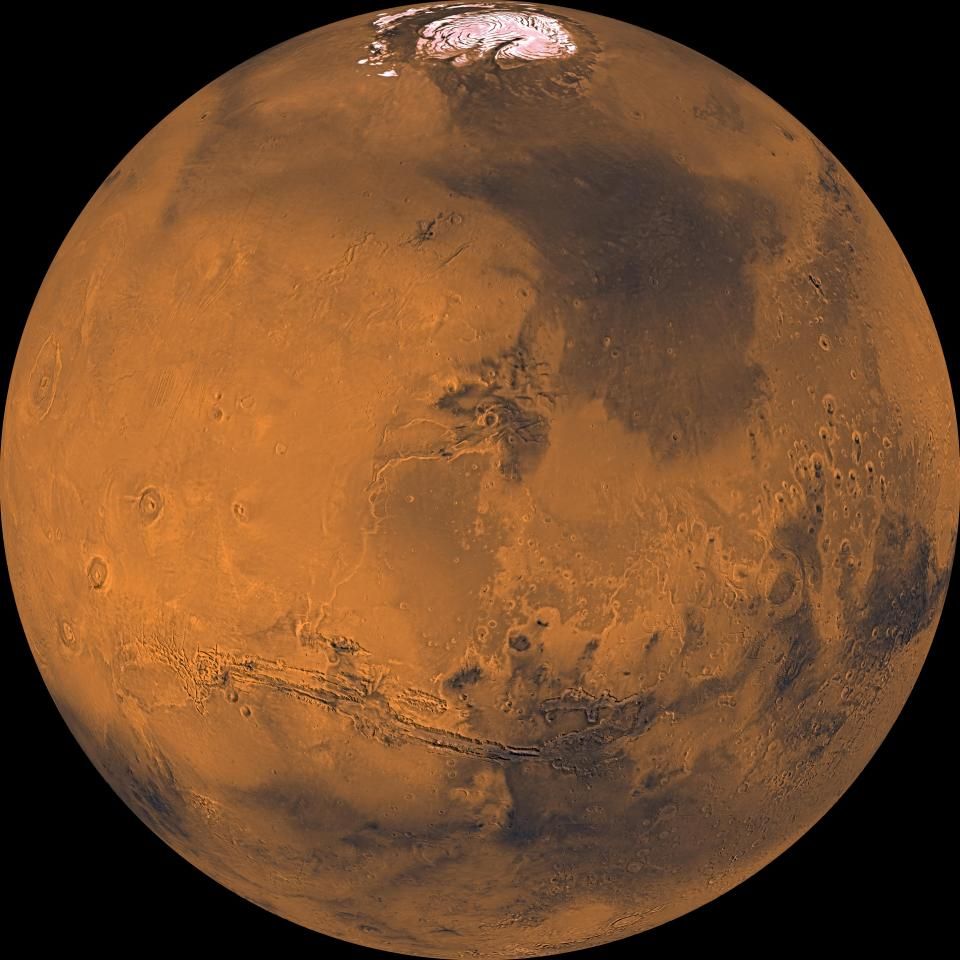Happy (Mars) New Year

Mars reaches its spring equinox today... er.... tosol, December 26, 2022, beginning year 37 on the red planet. Scientists have used the spring solstice two two decades to mark the beginning of the planet's year which lasts 668.6 sols or about 687 Earth days.

Mars has an axial tilt so it has seasons like Earth. But Mars' orbit is less circular so the length of those seasons is uneven.
Summer begins in the northern hemisphere of Mars on July 12, 2023 followed by autumn on Jan 12, 2024, then winter on June 7, 2024. Mars Year 38 begins on November 12, 2024 with the next spring equinox

1955 was selected to begin counting Mars years when Raleigh native, Dr. Todd Clancy, came up with the method to ease comparison of data from the Mariner 9 (1971-72), Viking (mid 1970s), and Pathfinder (1997) missions along along with ground based observations from the National Radio Astronomy Observatory in Kitt Peak, Arizona in a 2000 study of temperature data.
Clancy earned a B.S. in Geology from UNC before going on to a PhD In Planetary Science from Cal Tech. Today he works today as Senior Research Scientist for the Space Science Institute from his home in Bald Head Island, where he continues to study weather and climate of Mars and Venus.
His paper describes the April 11, 1955 spring solstice as an arbitrary one to begin Mars year 1. But it encompasses the data set in his paper, also includes Mariner 4’s historic flyby of Mars in 1965, but most importantly includes the great Mars dust storm of 1956 where some of the first detailed data about planet encircling dust storms was gathered.
Today we know continent sized dust storms can be an annual event on Mars. About every 3 Mars years (5.5 Earth years) these storms tend to grow to encircle the planet. While winds top out at around 60 mph, with an atmosphere about 1% that of Earth’s you would barely feel it if standing on the surface o the red planet.
The bigger problem is the dust, about the consistency of flour, which is suspended in the atmosphere, completely blocking the Sun. It is also electrostatically charged which can harm the rovers and landers operating on the surface, especially as it is deposited and tends to stick on solar panels limiting power production.
That dust recently ended the four year mission of the InSight lander which revealed details to scientists about the interior of Mars from the crust to the core and recorded more than 1,300 Mars quakes.










